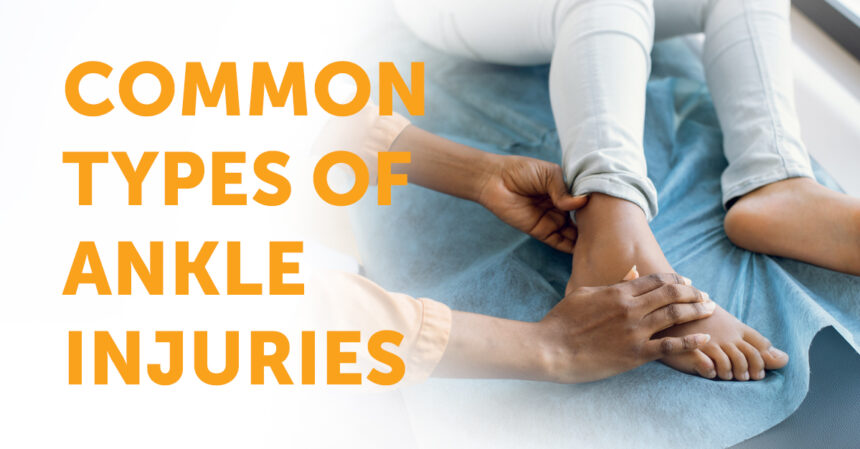An ankle wound can range from minor cuts and scrapes to deeper injuries that require medical attention. Proper identification of the wound type is key to effective treatment and healing. Understanding the different types of ankle wounds and their appropriate care not only helps prevent infection and complications but also supports recovery and long-term mobility. Here are some ankle wound types and their treatments:
Cuts and Lacerations
Cuts and lacerations on the ankle result from contact with sharp objects, tools, or trauma from accidents. These ankle wounds involve breaks in the skin that can vary in depth and severity. Superficial cuts affect only the outer layer of skin and heal within a few days with basic wound care. Deep lacerations extend through multiple skin layers and may damage underlying tissues, tendons, or blood vessels. These injuries require immediate medical attention to prevent complications and promote proper healing.
Treatment for ankle cuts involves thorough cleaning with sterile saline solution to remove debris and bacteria. Healthcare providers assess the wound depth and may use sutures, surgical staples, or specialized adhesive strips to close the wound edges. Tetanus vaccination updates may be necessary, depending on the circumstances of the injury and the patient’s vaccination history.
Abrasions
An Abrasion is an ankle wound that occurs when the skin on the ankle scrapes against rough surfaces during falls, accidents, or sports activities. These wounds typically appear as scraped or abraded skin with possible bleeding and exposed underlying tissue. The severity of abrasions depends on the force of contact and the surface texture. Minor abrasions affect only the superficial skin layer, while deeper abrasions may extend into the dermis and require intensive treatment approaches.
Treatment begins with gentle cleaning using mild soap and water to remove dirt and debris. Healthcare providers may perform debridement to remove embedded particles that could cause infection or scarring. Topical antibiotic ointments help prevent bacterial growth, and appropriate dressings protect the healing tissue. Regular dressing changes maintain a clean healing environment.
Puncture Wounds
Puncture ankle wounds result from penetration by sharp, pointed objects such as nails, glass shards, or metal fragments. These wounds create narrow, deep channels in the ankle tissue that can be difficult to clean thoroughly. The main concern with puncture wounds is the high risk of infection, as bacteria can be driven deep into the tissue. The wound opening may appear small on the surface, but it can extend significantly into deeper structures.
Treatment requires a comprehensive evaluation to determine the wound depth and assess for retained foreign objects. Healthcare providers perform thorough irrigation and debridement to clean the wound channel. X-rays or other imaging may be necessary to identify embedded debris. Antibiotic therapy helps prevent infection, and tetanus prophylaxis is usually recommended.
Blisters and Ulcers
Blisters develop from friction, burns, or medical conditions and appear as fluid-filled sacs on the skin of the ankle. Ulcers are open sores that develop from various causes, including diabetes, poor circulation, or prolonged pressure. Diabetic ulcers, arterial ulcers, and venous ulcers each have distinct characteristics and underlying causes.
These chronic wounds often require specialized treatment approaches to address both the wound and the contributing medical condition. Treatment varies based on the underlying cause. Healthcare providers may drain blisters under sterile conditions and apply protective dressings to the affected area. Ulcer treatment involves addressing the root cause, such as managing diabetes or improving circulation.
Schedule Your Ankle Wound Appointment Today
Proper identification and treatment of ankle wounds is key to preventing complications and promoting optimal healing. Different wound types require specific treatment approaches, and early professional assessment helps determine the most appropriate care plan. Contact a wound care specialist near you for a comprehensive evaluation and treatment of your ankle wound. Professional wound care helps prevent infection, reduces scarring, and promotes faster healing outcomes.















